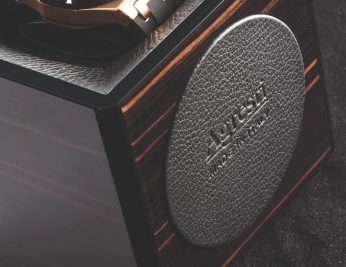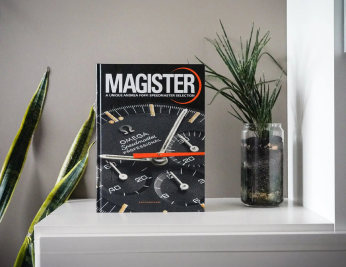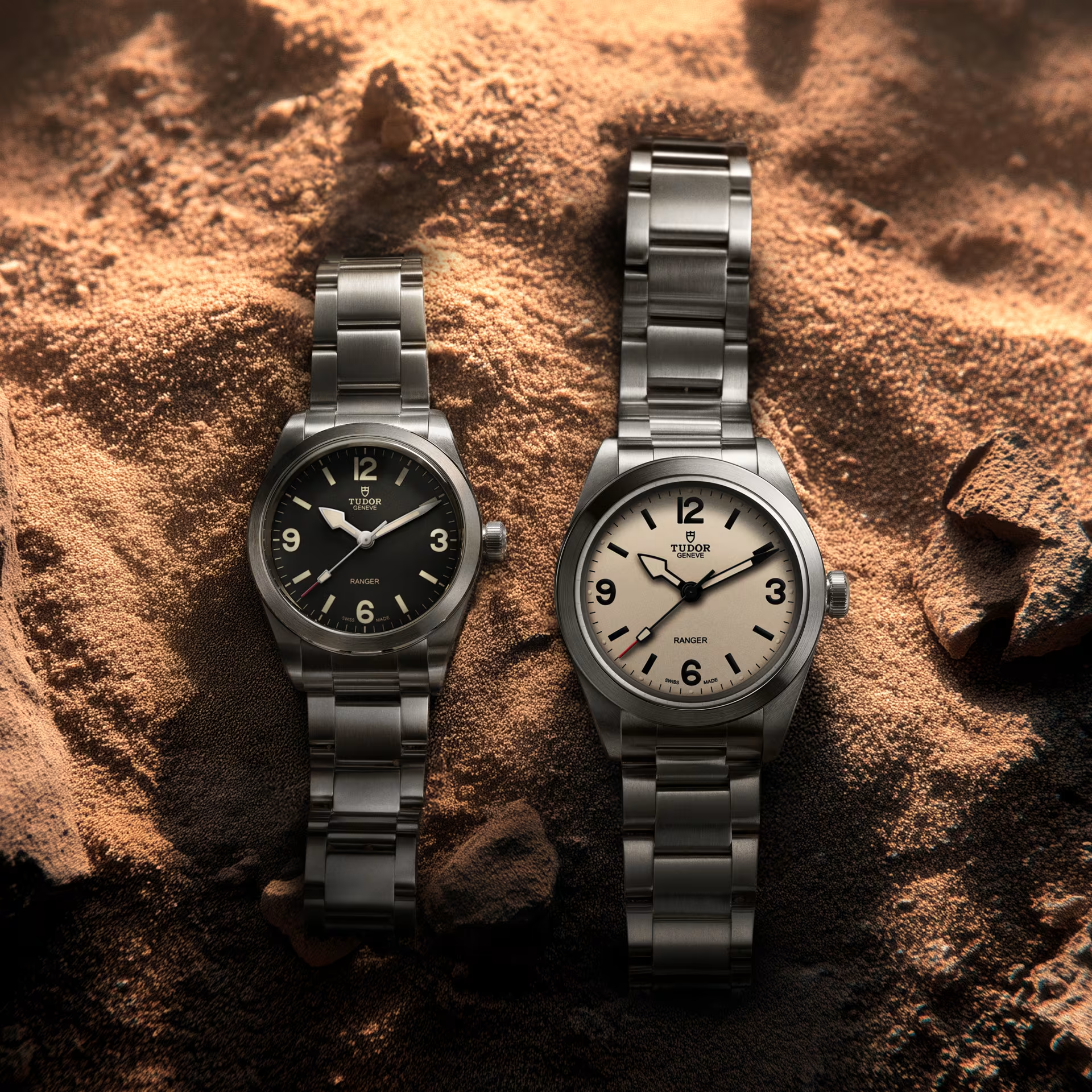When it comes to watchmaking, precision and reliability are paramount. To ensure that a watch meets certain quality requirements, there are international standards that regulate crucial aspects, such as resistance to water, shock, magnetic fields and more. These standards are defined by theInternational Organization for Standardization (ISO) and are a benchmark for manufacturers and enthusiasts.
Let’s find out together the main ISO standards concerning watchmaking and what they mean for the watches we wear.
ISO 3159 – Wrist Chronometers (Chronometer Standard)

To be chronometer-certified, a watch must pass a series of accuracy and reliability tests. The ISO 3159 standard requires accuracy to be measured in five different positions and at three specific temperatures (+8°C, +23°C, +38°C). The daily error margin must be between -4 and +6 seconds. This standard is used by the COSC (Contrôle Officiel Suisse des Chronomètres), a body that certifies the quality of Swiss chronometers, guaranteeing a high level of accuracy over time.
ISO 22810 – Water Resistant Watches

Surely you have come across the words “water resistant” on some watches. Watches bearing this wording must comply with the ISO 22810 standard. This certification involves rigorous testing to verify the watch’s ability to withstand water under controlled immersion conditions. To issue this certification, the tightness of seals, water pressure and resistance to condensation are tested. A watch certified to this standard is guaranteed to withstand up to 3 ATM (30 meters). However, it is not suitable for prolonged diving or underwater activities, as it does not include the specific requirements for diving watches that we will now look at.
ISO 6425 – Diving Watches

Because the risks are greater at shallow depths, to be certified as a diver, a watch must meet the criteria of ISO 6425. This imposes more stringent requirements than the standard water resistance in that it stipulates that a diver’s watch must be resistant to at least 100 meters depth and must maintain its reliability even under severe pressure. In addition, the watch must be able to withstand temperature changes, shocks and magnetic fields.
A key element is the presence of a unidirectional rotating bezel with clearly visible markings, which is useful for monitoring dive times. Visibility of the dial should be guaranteed up to 25 cm in the dark, ensuring readability underwater even in critical conditions.
ISO 764 – Resistance to Magnetic Fields

As we all know, in the world of watchmaking, magnetic fields have always played a major role going to alter the accuracy of the movement. The ISO 764 standard states that a watch is considered antimagnetic if, after exposure to a magnetic field of 4,800 A/m (60 Gauss), it maintains a maximum variation in accuracy of 30 seconds per day.
To improve resistance to magnetic fields, many manufacturers use components made of silicon or special alloys. Some brands, such as Rolex and Patek Philippe, have developed innovative balance springs that increase protection from magnetic fields. A certification called METAS has also been established, certifying resistance to magnetic fields up to 15,000 Gauss, far beyond the requirements of the ISO standard.
ISO 1413 – Impact Resistance

Watches are often exposed to stresses and shocks during daily use. The ISO 1413 standard provides specific tests to ensure the robustness of the movement in case of sudden impacts. To be certified, a watch must withstand a drop equivalent to a one-meter impact on a hard surface without sustaining significant structural damage. After the impact, accuracy must remain within a maximum margin of ±60 seconds per day. Some manufacturers implement advanced technologies to improve shock resistance, such as Rolex’s Paraflex system, which completely neutralizes the effects of knocks and bumps that can occur during daily watch use.
Conclusion
ISO standards in watchmaking are a guarantee of quality, providing users with reliable information about the accuracy, strength and durability of a watch, ensuring that the timepiece is designed to meet specific requirements. How about you, did you know these standards?
Visit our Youtube channel to experience the best of the world of watchmaking firsthand.
For all real-time updates follow us on Instagram.












